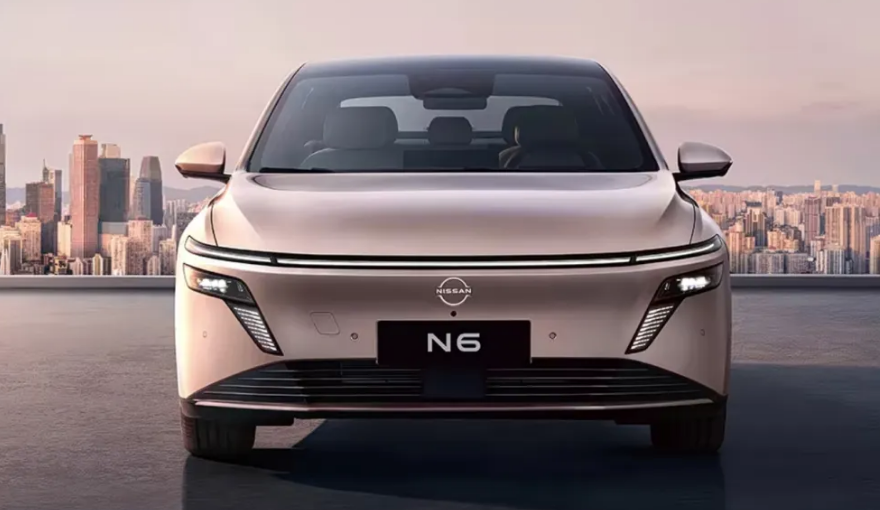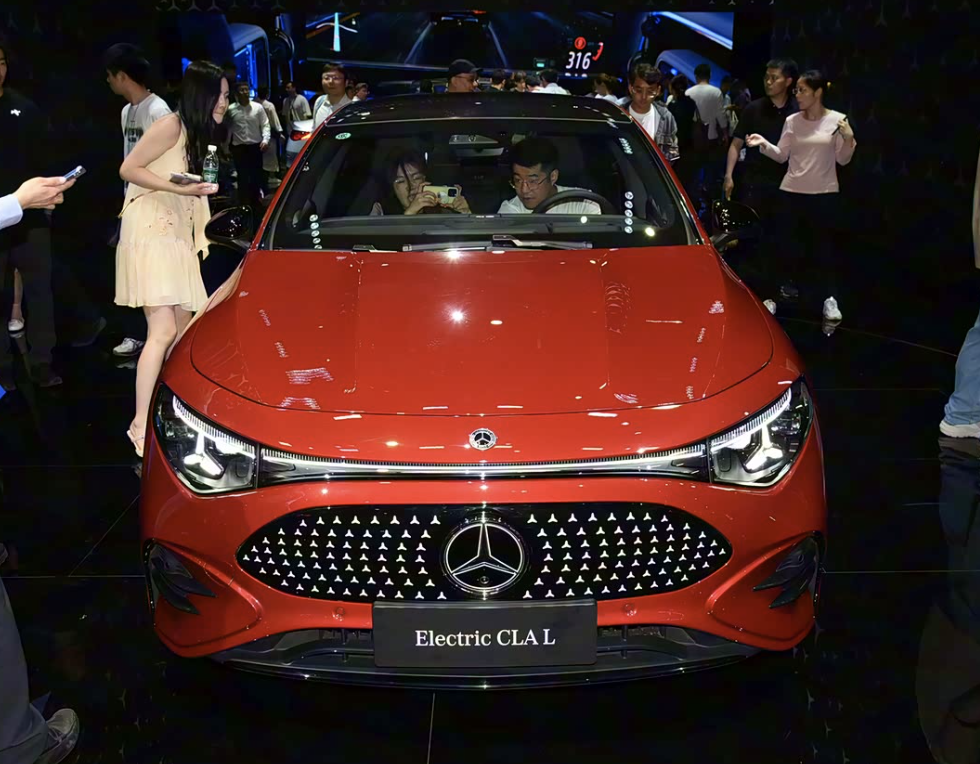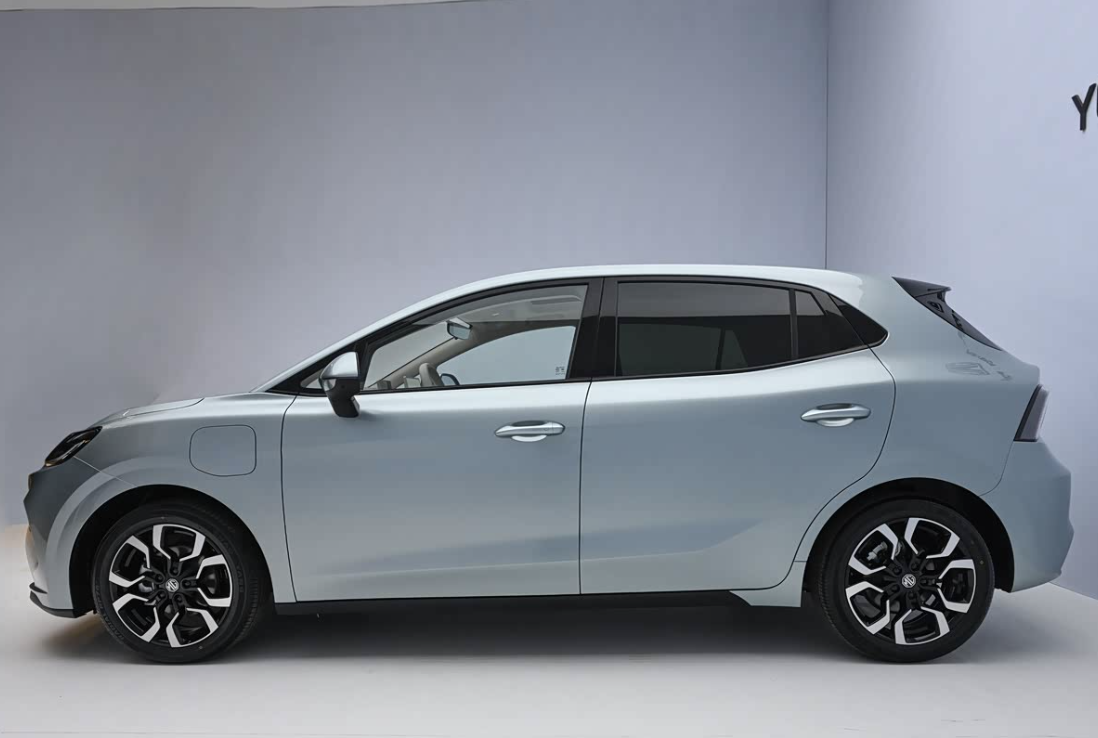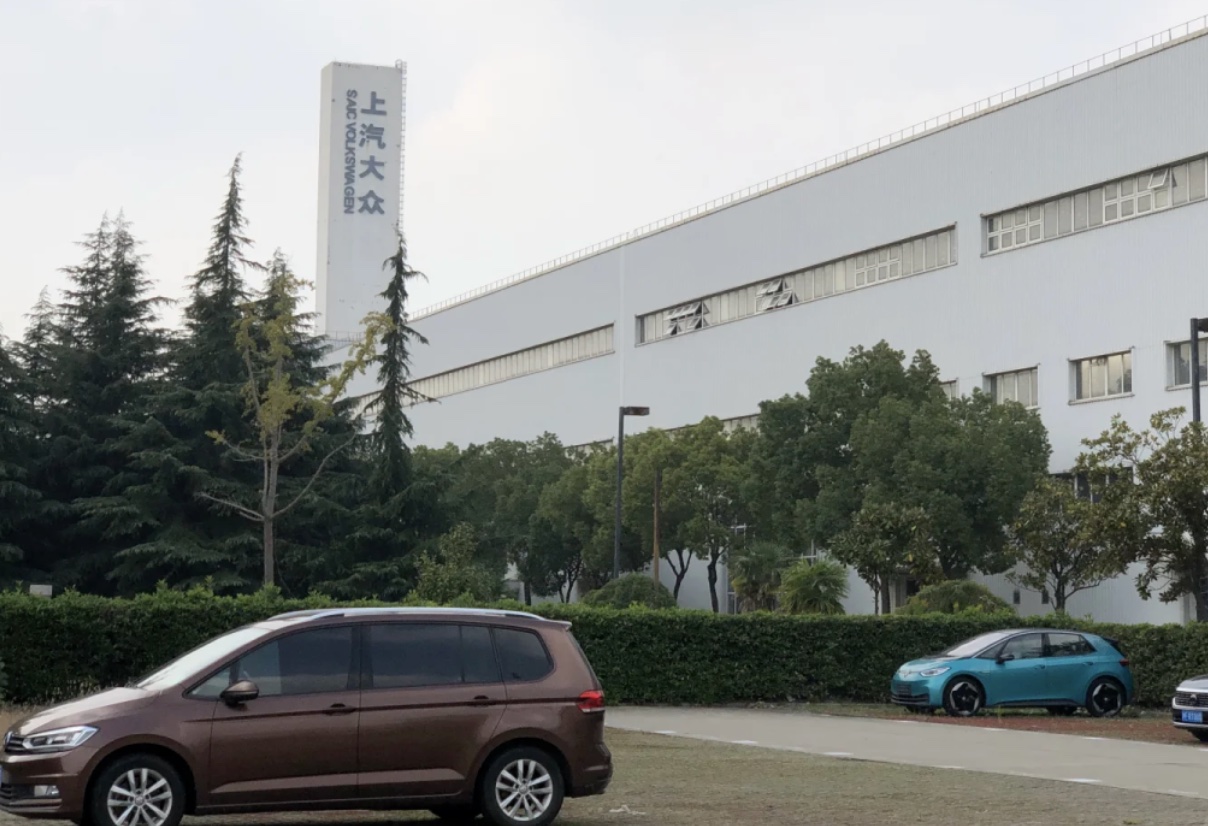Recently, the financial reports for the first fiscal quarter of the 2025 fiscal year (April 1 – June 30, 2025) released successively by Japan’s three automotive giants – Toyota, Honda, and Nissan – show that all three automakers have seen profit declines to varying degrees.

As the world’s largest automaker, Toyota Motor recorded operating revenue of 12.25 trillion yen in the first fiscal quarter, a year-on-year increase of 3.5%. Although revenue grew, operating profit dropped by 11% to 1.17 trillion yen, and net profit even fell to 841.4 billion yen, a 37% year-on-year decrease, presenting a typical case of “increasing revenue without increasing profits”.
Compared with Toyota, Honda and Nissan have witnessed both revenue and profit declines. Honda’s sales in the first fiscal quarter reached 5.34 trillion yen, a 1.2% year-on-year decrease; its operating profit was 244.17 billion yen, down 49.6% year-on-year; and net profit stood at 196.67 billion yen, a 50.2% year-on-year decline. Nissan’s situation is even worse: in the first fiscal quarter, its revenue was 2.71 trillion yen, a 9.7% year-on-year drop; it reported a net loss of 115.7 billion yen, compared with a net profit of 28.6 billion yen in the same period last year, swinging from profit to loss and marking its fourth consecutive quarter of losses.
All three automakers have attributed their profit declines to U.S. tariff measures. In April this year, the Trump administration suddenly announced a 25% tariff on Japanese goods exported to the U.S., which significantly increased the export costs for automakers. Although the U.S.-Japan agreement reduced the tariff rate to 15% in July, compared with the previous 2.5%, it still has a huge impact on bulk export commodities like automobiles. The United States is one of the important export destinations for Toyota, Honda, and Nissan. Toyota estimates that U.S. tariffs will reduce its operating profit by 1.4 trillion yen in the current fiscal year, with a reduction of 450 billion yen just from April to June. Honda also stated that the first fiscal quarter’s operating profit decreased by approximately 125 billion yen due to tariffs.
Beyond that, the automakers themselves also have issues.
China, as the world’s largest automobile market, is vigorously promoting the development of new energy vehicles, with their sales and market share rising continuously. However, Japan’s “Big Three” have been slow in their new energy transformation: their fuel vehicle sales continue to decline, and they have failed to keep up with the market in terms of electrification and intelligentization.
Data from the China Passenger Car Association (CPCA) shows that from January to July 2025, the retail share of Japanese automotive brands in China was 12.3%, basically the same as in the first and second quarters, but significantly lower than the 13.7% in 2024, indicating that their brand influence and appeal are not as strong as before. Data shows that from January to July 2025, Honda’s retail sales in China were 360,000 units, a 23.16% year-on-year decrease; Nissan’s retail sales in China were 333,700 units, a 12.8% year-on-year decline.
To keep up with the transformation pace, Toyota has further increased its electrification investment in the Chinese market. Earlier this year, Lexus announced the establishment of a wholly-owned pure electric vehicle and battery company in Shanghai, becoming the second automotive brand to build a wholly-owned plant in China. The plant has already started construction and is scheduled to be completed and put into operation in 2027. Nissan has successively launched two electric vehicles, the N7 and N6. Among them, the Nissan N7 was launched on April 27, priced at 119,900 – 149,900 yuan, and currently performs quite well in the joint-venture pure electric sedan market. As for Honda, although it has launched two electric vehicles, the S7 and P7, the market response has been mediocre. It lags behind independent brands in terms of intelligentization and has no significant advantage in price.
Among these three automakers, Nissan is in the most severe situation. To save itself, Nissan plans to cut about 15% of its global workforce, reduce its global production capacity by nearly 30% to 2.5 million units, and reduce the number of manufacturing bases from 17 to 10. Through large-scale layoffs and capacity reduction, it hopes to lower costs and improve production efficiency. In addition, Nissan also plans to reduce part complexity by 70%, restructure its supply chain system, reduce the number of platforms from 13 to 7, and shorten the vehicle development cycle.
Judging from the first fiscal quarter financial reports, Toyota, Honda, and Nissan are facing no small challenges: tariffs, exchange rates, and new energy transformation, each of which is a tough problem. Once, Japan’s “Big Three” dominated the global automotive market with advantages such as reliability, durability, and fuel efficiency. Now, they are facing development difficulties – a problem also encountered by other major overseas automakers. However, their technical heritage and brand influence still exist. As long as they can accelerate their new energy transformation and adapt to market changes, they may perhaps return to their peak.


